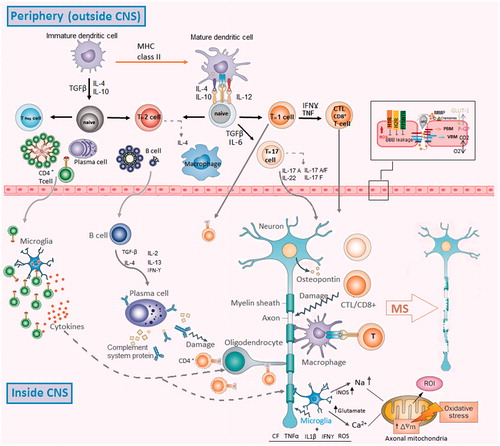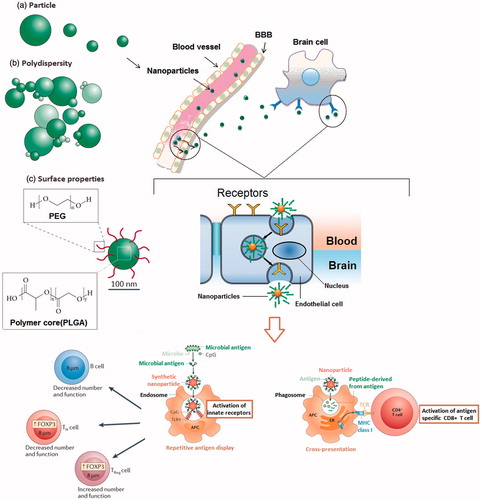Figures & data
Table 1. Studies related to the role of nanoparticles in the treatment of EAE and MS.


